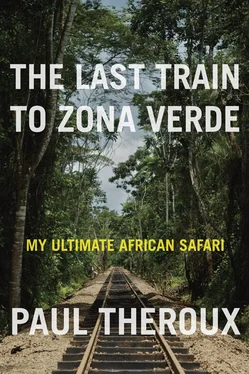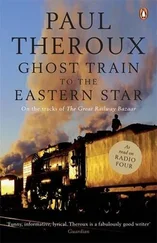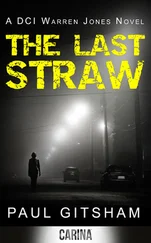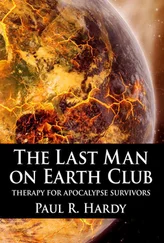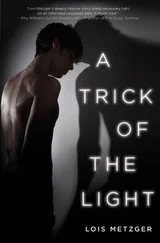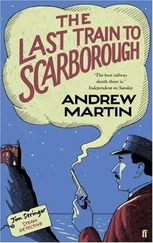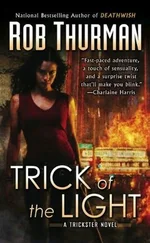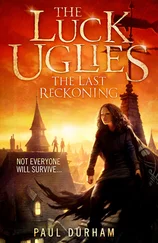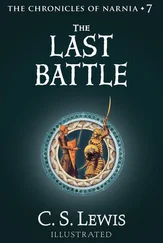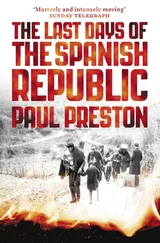I was invited to give a talk at the Viking Club to the Angola Field Group, its membership composed of some Angolans and many expatriates, teachers, oil industry functionaries, aid workers, hangers-on, and hospitable beer drinkers. Though he was not present that evening, Kalunga was a member and had shown his documentary films there.
My talk was preceded by the singing of three diminutive Bakongo men in snap-brim hats, from Uige province in the distant north. They called themselves the Disciples and harmonized to “Go Down, Moses” and “When the Saints Go Marching In,” which they had learned at the mission station in the remote town of Bungo.
Instead of giving a formal talk to the boozy group, I merely described my trip from the border — only 2 of the 250 members of the club, I learned, had been near the border. I said, “There is nothing I can tell you about Angola that you don’t already know, but I’m sure there are many things you can tell me” — and I invited comments.
One of the men in the audience elaborated on the various euphemisms the officials used to ask for bribes. Another said, “Do you know about Dia do Homem ? It’s Men’s Day all over Angola — every Friday is Men’s Day. Men meet, get drunk, go out and prowl and chase women. There is no Women’s Day.”
“The motorcycle taxi has a funny name,” a young man said. “It’s called a cumpapata — literally, a ‘grab-ass,’ because that’s how the person behind the driver holds on.”
A woman said, “Cuca beer — I will tell you what Cuca stands for. Com um coração Angolano — with an Angolan heart.”
It was a pleasant evening of congenial foreigners and Angolans who lived in Luanda as if besieged. Afterward they regaled me with stories of how expensive it was to live in the capital. Yet none complained. Simple survival in the city represented a sort of victory.
I met Kalunga the next day, at another restaurant.
“That’s a river fish,” he said, explicating the ingredients of my meal. “It’s called cachuso — they catch it in the Dande River north of here. We can go there. We can go so many places! Angola has land and water. All the fresh food is imported from South Africa, yet Angola could feed Africa. This country has not been written about at all!”
So we made plans: to look for more giant sable antelopes; to visit the site of the recently discovered dinosaur the Angola Titan, which he had documented; to go north to Zaire province to see the Bakongo people and the trackless forests of Uige; and to take the train to Malanje. And we would travel by boat along the western limit of Angola, down the Kwango River, which David Livingstone had written about.
“To zona verde! ” he said, toasting, and as we pored over the map, he said that it was all doable.
We drank to our proposed trip, our venture, as Kalunga put it, to as terras do fim do mundo — to the lands at the end of the earth.
I had never envisioned traveling with someone else. I had always extolled the virtues of going alone, putting up with the hassles, taking the risks; that was how I had arrived in Luanda. But I realized I could not go farther on my own — at least not in this country — and I was flattered that Kalunga saw me in the way I saw him, as a good traveling companion, someone fit to take into the bush.
On the day the Portuguese prime minister arrived from Lisbon to ask Angola for money to bail out his failed and bankrupt economy, Kalunga took me on his motorcycle to the Luanda train station at a place called Viana. We made inquiries — the times of the trains to Malanje, the cost. Two trains a week, cheap tickets, an easy trip.
“Are you sure you want to do this?” he asked teasingly.
“No. I want to think about it.”
“Maybe the last train to zona verde.” He was still teasing. Teasing is often a sign of trust, of friendship, of a bond.
We were still in sight of the city, with its buildings under construction, its many tall cranes, and the sound of bulldozers and jackhammers. It looked plausible enough as a city on the rise. But it was an illusion. Luanda was a city in decay. We rode out of Bairro Viana to the edge of a dense and ramshackle musseque . Better not go in too deeply, Kalunga said; his Kawasaki was new and powerful, just the sort of machine a gang of boys would love to steal. The idle watchful boys were like the idle watchful boys I had seen all over Angola; they had been my first glimpse of the country, the rappers and pesterers on the border at Santa Clara. Pretty girls sidled up to us and admired the motorcycle and flirted with Kalunga. Some girls were dancing with each other in front of a makeshift stall selling Angolan music. This Luanda slum was dense and labyrinthine, so we stayed with the bike, on the perimeter. Still, I could see it was a lively place — loud music, lots of chatter, hurrying crowds, and shrill, shrieking, giddy laughter.
Foreigners I had met mentioned the laughter. “They are a joyful people” was a frequent remark. One Englishman told me, “You sometimes see them jumping and doing handstands on the sidewalks.” The leaping and the laughter did not seem mirthful to me, but rather frantic, like the overstimulation I’d seen in African cities. It was closer to hysteria or that sorry chattering you hear from someone on the verge of panic. It was at times like frenzy. I thought: This is the laughter in the shadow of the gallows, the sound of people who know they are doomed; this is the look of a place that is going to hell. This same hysteria is found in Thucydides’s description of the plague in Athens: “Oppressed with the violence of the calamity, and not knowing what to do, men grew careless … and the great licentiousness … began.”
Like the Athenians, the Angolans of the musseque acted as if doomsday was upon them: a shrieking, chaotic, reckless society on the brink of extinction. Not people in despair, but people dancing — doing the kiduru and the kizomba , as Kalunga explained of the pirouetting girls at the shantytown, and sometimes breaking into a jig as they walked. The city was thick with prostitutes, many of them refugees from the Congo, snatching at men at the Pub Royal and the Zanzibar. Most people were giggling crazily because they knew their number was up. That was how Angolan laughter sounded to me — insane and chattering and agonic, like an amplified death rattle. With disaster or death hanging over them, like the Athenians, “they thought to enjoy some little part of their lives.”
Kalunga climbed on his motorcycle, but he didn’t start it. He sat and stared at the city and said, “This is what the world will look like when it ends.”
Two weeks later, Kalunga Lima died of a heart attack at his home in Lubango.
He had been scuba diving off Angola’s southern coast a few days before his death, and that may have caused it, an embolism produced by a hyperbaric event. He had been working on a documentary about the coastal waters for Angola’s national exhibit at Expo 2012 in Korea.
By then I had withdrawn from overpriced Luanda, and, procrastinating, I began to reconsider my onward journey.
17. What Am I Doing Here?
ALL ITS LAMPS BLAZING, its windows alight, its larval contours illuminated, the last train to Malanje had a glowworm’s gleam, trembling in the dusty half-dark and heat of Luanda’s Viana station, when Kalunga Lima had gestured to it and said, “Are you sure you want to do this?”
He was teasing, because since I’d met him he had pegged me as a procrastinator. Normally I am anything but: a leap in the dark is my usual mode of travel, and by the time I met him I had been on the road for many weeks. He was the procrastinator, in my opinion, an Angolan and longtime resident of Luanda who’d moved with his family to the provinces. Angola was doomed, he said, because of the few cheating the many. Kalunga had relocated to distant Lubango, the easier to escape the country by the simpler southern route when the chaos he expected arrived. And it occurred to me that many people shared his fears, that the slums of Luanda, like many in African cities I’d seen, were no more than transit camps for people wishing to flee.
Читать дальше
